By Bishnu Luitel

Construction and expansion work for a new international airport in Gelephu has begun to develop either a Mega City or Gelephu Mindfulness City, with some tasks expected to be completed by the end of 2024 . Additional projects are being prepared on paper. Gelephu, a beautiful and historic city, has long existed and lies on Bhutan’s border with Assam, India. It is one of Bhutan’s twenty districts, known for its excellence in rice farming, soap production, sugar, furniture, and beer manufacturing. Gelephu is also a densely populated district.
In the 1990s, over 40,000 residents were displaced from the area where plans for the current megacity is now located. State repression forced a quarter of the state’s population into statelessness, becoming refugees. These individuals were forced to live a distressing life as refugees in Nepal for two decades. When efforts to return home failed, a third-country resettlement program was launched in 2007, scattering refugees across various nations. Many of them are now citizens of other countries, while others still endure harsh conditions in Bhutanese prisons. Thousands of Bhutanese remain in refugee camps in eastern Nepal, clinging to the slim hope of returning home. Despite the opportunity for third-country resettlement, these Bhutanese continue to live in hardship, hoping their dream of returning home will someday come true.
The Mau River, originating from Black Mountain, flows through various mountains and hills before reaching Gelephu, then extends into Assam, India. This area is characterized by dense forests, rivers, waterfalls, and picturesque valleys, cloaked in shadows from the towering peaks of the Himalayas—features that highlight the region’s proud heritage. In today’s modern and accessible world, Bhutan is still known as a mysterious land, largely due to its geographic isolation and the rulers’ erroneous policies and authoritarian practices.
The Mau River flows through the central east-west and northern parts of Bhutan’s current Mega City or Mindfulness City, Gelephu. Villages on the eastern side of the Mau River include Danabari, Lali, and Taklai blocks, while in the south, Taklai block borders Assam and is connected eastward to the Manas River and the National Game Forest. To the west of the Mau River lie Gelephu, Bhur, Toribari, and Leupani, which connects to the Sarpang District. Centered around the Mau River, the Gelephu Mega City Project extends to the Assam state’s Bodo governed region , covering approximately 1,000 square kilometers and reaching around 31.6 kilometers in one direction. Gelephu is about 32 kilometers from Suray block to the Assam-Bhutan border. Out of the nine blocks, Serasung separates areas inhabited by Nepali-speaking and Bhote ethnic groups.
There are a total of six villages: Chisapani, Pemeling, Norbuling, Serasung, Tashifu, and Kengeling. The Bhutia people of these villages did not face the same fate as the Nepali-speaking population, who were expelled from the country and forced to live as refugees. However, this does not mean that no Bhutia people became refugees. In fact, citizens of the eastern region, such as the Sarchops, and southern indigenous groups like the Doya and Uraon, were also not immune to expulsion.
In 1988, the Bhutanese government implemented a discriminatory census policy in southern Bhutan, categorizing individuals from the same family into seven different classes. The resistance against this biased census led to the historic people’s movement of 1990. Following a peaceful protest, the government began a crackdown, deploying the military in all southern districts and suppressing the people’s natural rights. Innocent civilians were imprisoned, many fled across the border to save their lives, some were killed in prison, and countless women were assaulted. Whether the government’s plan to build the so-called Mega City in this cleared area will succeed remains to be seen.
The king’s dream of creating a Mega City on the land forcibly vacated by uprooting Nepali-speaking citizens, who contributed generations of hard work and sacrifice to nation-building, seems unlikely to succeed. There was no real need for this project, which is replacing fertile, arable land. The area is not only vital for rice production but also crucial for crops like betel nut, coconut, orange, and cardamom. Gelephu, in particular, is Bhutan’s first sub-district to achieve self-sufficiency in rice production. The land of villages like Taklai, Lali, Danabari, Gelephu, Bhur, Toribari, and Leupani, connected to the Assam border in the south, as well as Suray and Dobhan blocks in the north, was seized and cleared, but it’s shameful that the king spreads a narrative of “vacant land” to disguise the truth. No one expected that the king would go to such lengths to mislead, even while the rightful owners of the land are still alive.
Among the 40,000 citizens displaced in 1990, nearly all were from the areas targeted for the so-called Mega City. Each block (gebok) had at least 600 households, with an average of about eight members per family. The world knows that these 40,000 Nepali-speaking citizens were expelled from eight blocks in 1990. Thirty-five years have passed since the southern Bhutanese were evicted and their lands emptied. Today, the Bhutanese government is misleading the global community and investors by claiming this land is vacant and planning to develop the Mega City in these “empty” areas, while those who were expelled and those who expelled them are both still alive.
As evidence, consider the cases of several displaced individuals. For instance, former Gelephu National Assembly Member Hari Adhikari and then-MP Parashuram Dahal’s families were cruelly evicted, their houses sealed, and the families forcibly driven across the border into India. This brutality remains fresh in memory. Likewise, Hari Basnet (also known as Sirupali Hari), a member of the Mahasur Basnet family, was expelled from Bhutan by the army, and this incident is widely known. This is just a small example. Thousands of other citizens lost their homes, lands, and personal property and were driven out of the country. Mentioning all of their names in this brief text is impossible, and the cases cited above are merely representative examples.
If necessary, the names of all families expelled by the government can also be listed. Representatives, like the mandals (community leaders) of Lali, Taklai, Danabari, and Suray blocks, were also evicted, and they still retain documents with the names of nearly all those expelled from their blocks.
Ganga Lamitare, who owns four acres of land, reports that the main gate of the ongoing international airport construction at Mindfulness City in Gelephu is being built on his property. He says, “Many people from villages like Majuwa, Aipuwali, Mainatar, and Lodrai fled at night in 1990, leaving everything behind to escape Government oppression . Now, the Bhutanese king and ministers are spreading falsehoods worldwide, calling this land ‘vacant,’ which actually belongs to those forced to leave the country. There should be limits to lying, but without integrity, who cares?”
During the 1990s, the state expelled a quarter of its population from Gelephu, looting their possessions and scattering former Bhutanese citizens around the world. The Mega City being built here now rests on the dreams, efforts, and sacrifices of these displaced people, but it’s unlikely to bring them any value or meaning. The new generation also knows that the Bhutanese government cannot compensate for the hard work and sacrifices of their ancestors. The hollow nationalism Gho – cloaked in false patriotism cannot be compared to the blood and sweat shed by their ancestors in building the nation. If Bhutan, at the very least, made an honest effort to address the past wrongs, we might find some relief from the weight of injustice. However, Bhutan has yet to acknowledge, let alone repatriate, its citizens living in refugee camps in Nepal.
Meanwhile, educated citizens within Bhutan are leaving in large numbers, seeking better opportunities abroad. Will this generation, which has found fulfillment overseas, ever want to return to Bhutan? Are there opportunities in Bhutan to entice young people who have moved to the U.S., Australia, or Canada for better prospects? In the 1990s, the army evicted citizens from their homes, reserving domestic opportunities for relatives and loyalists. Now, Bhutanese ministers and the king are lamenting the reduced population while shedding crocodile tears.
In 1971, Bhutan joined the United Nations, reporting a population of one million. In the 1990s, more than a hundred thousand citizens were driven out. Today, the government claims Bhutan’s population is around 700,000. Where, then, are the remaining 200,000 people? There’s ample room for doubt. If the Bhutanese king continues this level of negligence and irresponsibility toward his people, Bhutan could one day become another “citizenless” nation, inhabited only by the king and his family. The king’s recent visit to Australia and his discussions and appeals to Bhutanese citizens living there hint at this very issue. A nation may survive without a king, but what happens if it lacks citizens? That’s difficult to predict.
Therefore, it’s imperative for Bhutanese rulers to reconsider their treatment of citizens before the future becomes even darker. Without empowering citizens to be free, sovereign, and vested with rights, Bhutan’s future may be dire. National happiness and prosperity aren’t measured by lush forests but by development and progress. Thousands of citizens are leaving the country because they lack economic opportunities. Real national happiness lies in fulfilling citizens’ well-being and aspirations, not in fabricated metrics like Gross National Happiness, which has little actual impact within Bhutan. Only the king and ministers are truly content.
The Bhutanese king must take the nation’s current state and the exodus of its citizens seriously. Ignoring these problems is not an option. Now, nearly forty years after expelling his own people, the king is inviting investors and donors for the construction of Mega City. Yet, he remains silent on reparations for the citizens who were dispossessed in 1990. Eventually, he will have to address this. It would be wiser for him to bow his head before his own citizens rather than seeking the support of outsiders.
Support the New Americans magazine to continue to serve our community with precise news that affect the new American, immigrant and refugee community. https://paypal.com/donate/?hosted_button_id=8LHFS78NRNJJY&source=url

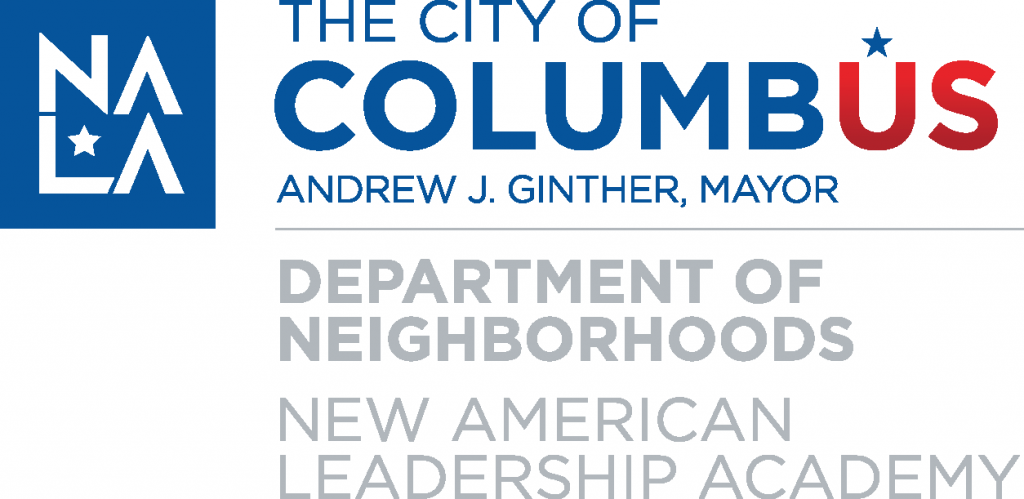







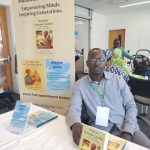
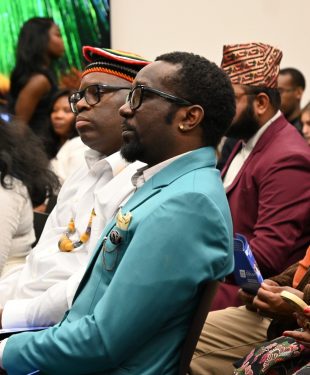




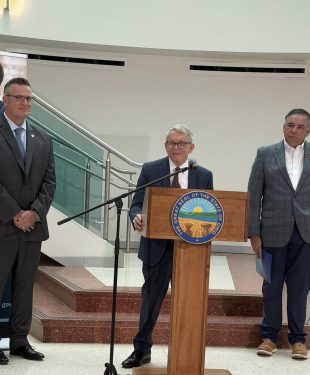










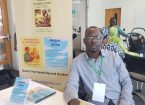








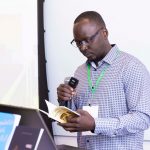

Leave a Reply
You must be logged in to post a comment.